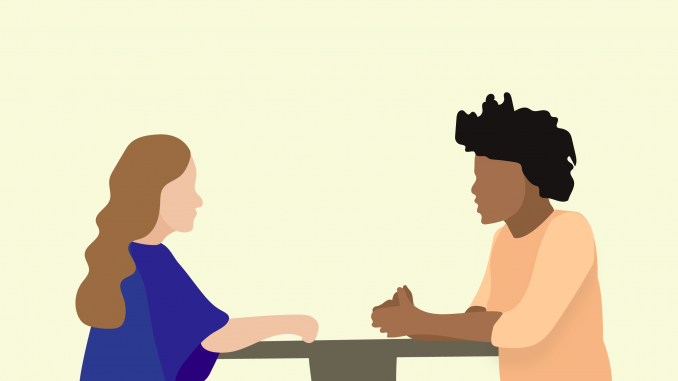
When I applied to Temple University in my senior year of high school I was ecstatic. The thoughts of living on campus and attending in-person courses sounded like bliss. Thzt all changed when Temple shifted to virtual classes because of COVID-19 forcing me to spend my freshman year of college in my bedroom staring at a computer screen far away from my peers.
For almost two years, I desperately attempted to keep my eyes glued to the Zoom lectures instead of my phone that sat less than two feet away from me. Even when I could keep my gaze on the computer screen, operating in a house with siblings, parents and a pet just added on to the stress. These were the signs of my first experience with pandemic brain.
Pandemic brain is often associated with having trouble thinking, planning and completing tasks, according to Penn Medicine.
The most common symptoms of pandemic brain include memory problems, lack of mental clarity, poor concentration, headaches and confusion, according to Healthline.
Temple professors are not expected to act as therapists for their students, but they should be more understanding towards students’ behavior. Expecting students to be able to easily transition between online and in-person education is unrealistic.
“Getting back into the swing of things has been kinda anxious, trying to make friends and stuff, I am vaccinated so I have hopes, but relearning how to be in a classroom can be kinda tricky after a year,“ said Dylan Michael, a sophomore liberal arts major.
Isolation, which was caused by the pandemic and is connected with pandemic brain, is often associated with elevated risks for heart attack, stroke, chronic inflammation, depression, anxiety, perceived stress and loneliness, according to Harvard Health Publishing.
The isolation people are experiencing during the pandemic is completely unnatural. This is just not the way human beings are built, said James Byrnes, a psychology professor.
“We need to be in constant contact with people, supporting each other, having conversations, and this has been quite a drain emotionally on a lot of people,” Byrnes said.
This is my second year of college and my first year taking in-person classes moving from only online classes to in person feels just as strange as the original shift to online felt. Now having to work with peers and professors face to face under the guise of a normal academic environment feels absurd.
While moving from online to in-person classes sounds perfect for pushing away pandemic brain, it raises its own set of concerns and anxieties. Issues, like maintaining a social life while abiding by COVID-19 regulations, adapting to in person classes and managing mental health affects students returning to in-person classes
Throughout the pandemic, professors had to transform the way they taught their classes in order to adapt to online learning.
In his experience, online education required Byrnes to think more about his lesson plans, he said.
“Some things did work well and some things didn’t work well, and again from an instructional standpoint, it got me to really think about how to do things differently and how to do things better,” Byrnes said.
Like Byrnes, Graciela Jaschek, an assistant epidemiology professor, is using her pandemic experience to change her own lesson plans to be more student centered.
“The pandemic has transformed the way we look at education,” Jaschek said. “I think that I’m going to add lots of opportunities for students to meet, do icebreakers so students learn to feel comfortable and create study pods or just groups where they feel comfortable to do group work.”
While this transition will not be easy for anyone, it is unrealistic to expect students to immediately return back to a pre-pandemic mindset.
We can use this return to create something new and special through an emphasis on group work and social activities that benefit the entire community and, hopefully, clear some of the anxieties that pandemic brain causes. To do this, there must be better understanding and communication between students and faculty.


Be the first to comment